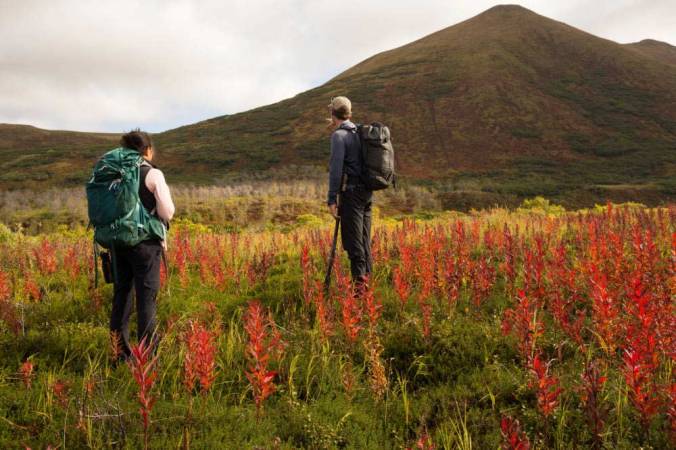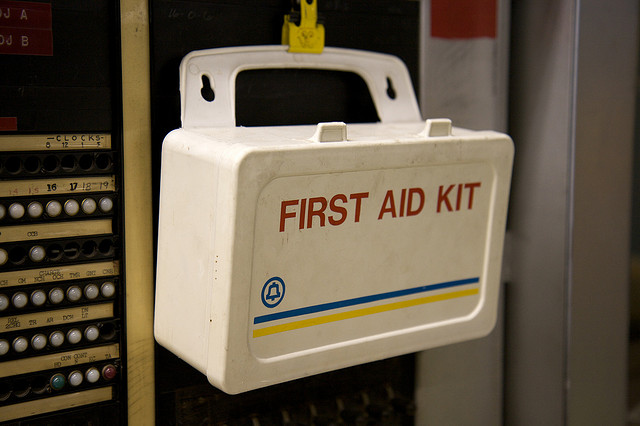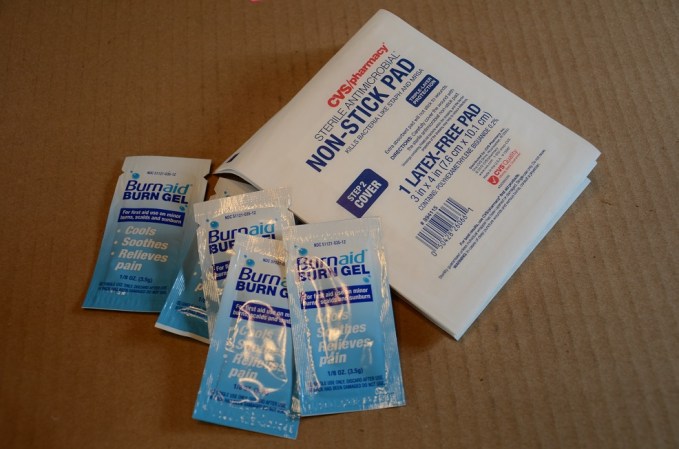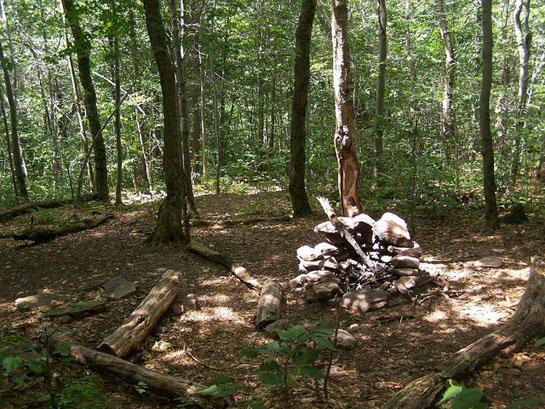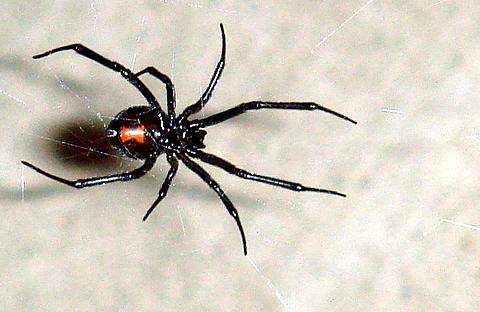According to National Weather Service statistics, about 400 people in the United States are struck by lightning each year and an average of 73 of them die, or nearly one out of five. That’s more than the annual number of deaths caused by hurricanes, tornadoes or blizzards; only floods rank higher than lightning strikes when it comes to deadly weather.
WHAT TO DO
The only chance to save a victim who has suffered lightning-induced cardiopulmonary arrest is to administer effective CPR and follow it with emergency medical treatment. In spite of best efforts, some victims will remain in a coma and eventually die of secondary causes such as hemorrhages and multiple lesions on the brain, spinal cord, lungs, liver or intestines.
Those who don’t die from lethal cardiovascular or neurological damage typically suffer debilitating injuries. Among the most common are severe burns, burst eardrums, blindness, paralysis, memory loss, sleep disorders, weakness, dizziness, numbness, petit mal seizures and chronic pain. Sometimes victims recover, sometimes they don’t. Sometimes they live the rest of their lives with disabilities or extreme storm phobia and post-traumatic stress disorder. There’s nothing warm and fuzzy about Mother Nature when she throws this kind of fit.
EYE ON THE WEATHER
Hunters and fishermen are particularly at risk, because we spend so much time outdoors and tend to “tough it out” when the weather suddenly turns rotten. Because of predominant weather patterns, certain parts of the country are especially prone to lightning. The Southeast, with its warm and humid air, experiences more strikes than any other place in the United States; Florida ranks number one. But there is plenty of risk elsewhere. Colorado ranks 24th in overall lightning strikes but is 10th when it comes to casualties. This disproportionately high incidence of injury can be explained by the popularity of outdoor activities in Colorado. With so many hikers, hunters and fishermen wandering around outside, there’s a higher likelihood that somebody will be hit.
TIPS TO KEEP IN MIND
So what can you do to be safe? The National Lightning Safety Institute offers these tips:
RUN FOR COVER If you hear thunder, lightning is within six to eight miles of you-well within the danger zone. You should look for shelter immediately. Safe refuges include:
• Fully enclosed metal vehicles with the windows up
• Substantial buildings
• Low ground, preferably in clumps of bushes
Small shelters such as camp tents offer no protection against lightning, especially those on high ground or near a tall group of trees. If your only shelter is a tent, it should be located in a low area, surrounded by a large number of trees of approximately the same height.
HANDS OFF All metal objects are considered unsafe. This includes firearms, boats, fences, gates and machinery. Avoid trees, water, open fields and high ground.
HAIR RAISING If you feel your hair standing on end or hear crackling noises, you’re in danger. Immediately get rid of metal objects, place your feet together, duck your head, and crouch low with your hands on your knees.
TOO CLOSE As a storm approaches, thunder will lag behind the flash of lightning by five seconds for each mile of distance. For example, if you see lightning and the sound of thunder reaches you 10 seconds later, the strike was two miles away. Lightning can jump six to eight miles from one strike to the next, so you are in danger and need to take precautionary action.
OUT OF THE BLUE After lightning and thunder have departed, wait at least 30 minutes before resuming activities. Don’t be fooled by sunshine or blue sky. A bolt can travel from a storm cell as far as 10 miles away and hit you.
The grim reality is that lightning is a capricious event that cannot be predicted with any degree of reliability. There is nothing you can do to prevent a strike. All you can do is remember the precautions that offer your best chance for safety.
Quick Tip
Carbon monoxide can build up in an enclosed shelter. Don’t use any type of combustion appliance (such as a stove or lantern) if you don’t have adequate cross ventilation.
What Would You Do?
While hunting miles from camp, your buddy takes a nasty fall and injures his leg. You don’t know if it’s broken. It’s early evening but not yet fully dark. What would you do? (Answer on page 88.)
A. Encourage your buddy to ignore the pain and keep hiking, so you can get to camp before nightfall.
B. Splint his leg, just in case it’s broken, then hike to camp.
C. Make your buddy comfortable, then run ahead for help.
D. Stop and make camp for the night.
What Would You Do? Answer
From page 87
The correct answer is D. Stop where you are and stabilize the injury so your buddy doesn’t go into shock. Erect an emergency shelter, using whatever natural resources are around you, plus whatever items you have in your survival kit. (You are carrying your kit, right?) Build a fire for warmth and for signaling, and continually observe your buddy’s condition. Treat him for shock if symptoms arise.
In the morning, evaluate your friend’s condition the best you can. If he has recovered enough to hobble into camp without increasing the injury or risking other side effects, help him to get there. If not, make him comfortable and safe, with adequate shelter, water and firewood, and go ahead to summon help.


